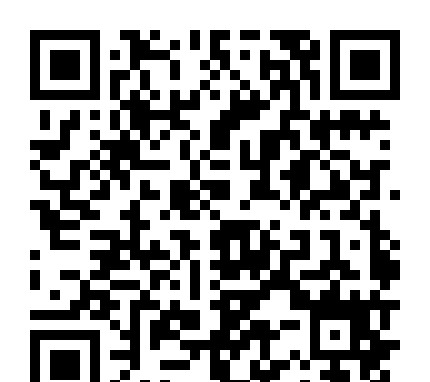2008年职称英语卫生类教材新增部分内容(三)a
|
第四部分 阅读理解 (六篇) Bringing nanotechnology to health care for the poor Nanotechnology uses matter at the level of molecules and atoms. Researchers are finding different uses for particles with a length of one nanometer, or one-billionth of a meter. These include things like beauty products1 and dirt-resistant clothing. But one area where many experts believe nanotechnology holds great promise is medicine. Last week, speakers at a program in Washington discussed using nanotechnology to improve health care in developing countries. The program took place at the Woodrow Wilson International Center for Scholars. Peter Singer at the University of Toronto says a nanotechnology called quantum dots2 could be used to confirm cases of malaria. He says it could offer a better way than the traditional process of looking at a person's blood under a microscope. In poor countries, this process is often not followed. As a result, sick people may get treated for malaria even if they do not have it. Such misuse of medicines can lead to drug resistance. Quantum dots are particles that give off3 light when activated. Researchers are studying ways to program them to identify diseases by lighting up in the presence of a targeted molecule.4 Experts say nanotechnology shows promise not just for diagnosing diseases, but also for treating them. Piotr Grodzinski of the National Institutes of Health5 talked about how nanotechnology could make drugs more effective. He talked about cancer drugs already developed with nanotechnology. He says if a drug can target a cancer locally in the body, then much less of it might be needed, and that means lower side effects.6 Andrew Maynard is chief scientist for the Project on Emerging Nanotechnologies at the Woodrow Wilson Center. He noted that Brazil, India, China and South Africa are currently doing nanotechnology research that could help poor countries. But he also noted that there is some risk in using nano-materials. He says nanometer-sized particles behave differently in the body and the environment compared to larger particles.7 Experts say more investment in research is needed to better understand these risks. 词汇: nanotechnology n. 纳米技术 matter n. 物质 molecule n. 分子 atom n. 原子 nanometer n. 纳米,毫微米( 长度单位,= 10-9m) one-billion n. 十亿分之一 dirt-resistant adj. 防尘的,防污的 promise n. 有希望,有前途 program n. 节目,节目单 vt. 为…编制程序 scholar n. 学者 quantum n. 量;量子 dot n. (小)点,圆点 confirm vt. 确认;证实 case n. 病症;病例;患者 malaria n. 疟(疾) misuse vt. 误用,滥用 /misÈjuùs/ n. 误用,滥用 particle n. 颗粒,微粒;粒子 activate vt. 使激活 identify vt. 辨认 diagnose vt. 诊断(疾病) Brazil n. 巴西 nano-material n. 纳米材料 investment n. 投资;投资额 |








